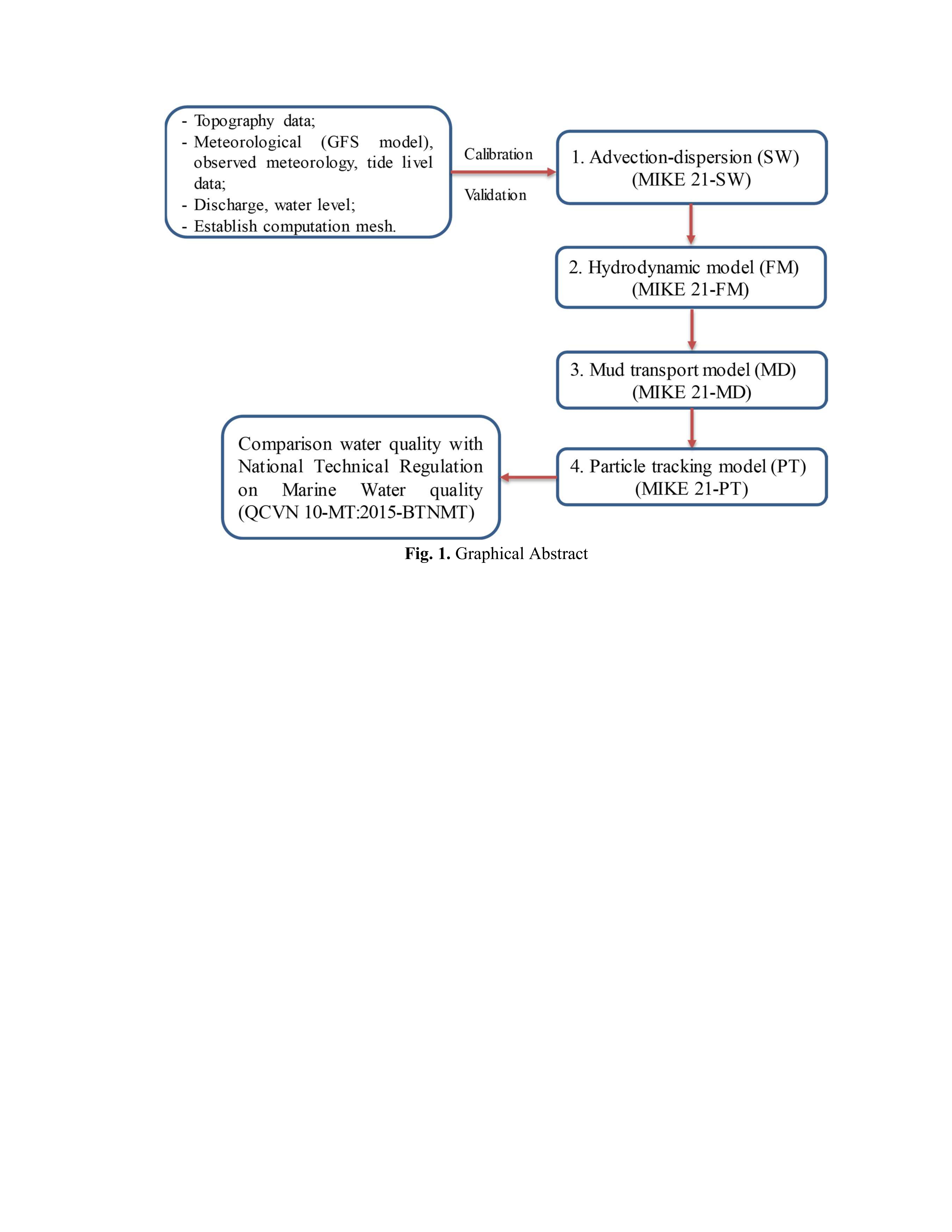


J Hydrol 87:61–77īathurst JC (1986) Physically-based distributed modeling of an upland catchment using the Systeme Hydrologique Europeen. J Hydrol 87:45–59Ībbott MB, Bathurst JC, Cunge JA, O’Connell PE, Rasmussen J (1986b) An introduction to the European hydrological system-Systeme Hydrologique Europeen, “SHE”, 2: structure of a physically-based, distributed modeling system. There were increases in total runoff (5.5%) and overland flow (24.8%) as a response to the land use change.Ībbott MB, Bathurst JC, Cunge JA, O’Connell PE, Rasmussen J (1986a) An introduction to the European hydrological system-Systeme Hydrologique Europeen, “SHE”, 1: history and philosophy of a physically-based, distributed modeling system. The analysis was made to quantitatively assess the impact of land use changes (predominantly urbanization) on watershed hydrology. The calibrated MIKE SHE model was then programmed to repeatedly analyze an artificial dataset under the various land use proportions identified in the Landsat TM imageries. These imageries revealed that the watershed experienced conversion of approximately 10% non-urban area to urban area between 19. Proportional changes in five classes of land use within the watershed were derived from multi-temporal Landsat TM imageries taken in 1980, 19. Results indicated that the calibrated MIKE SHE model was able to predict streamflow well during the calibration and validation periods. Initial model performance was evaluated by comparing observed and simulated streamflow from 1988 to 1991. A grid of 200 × 200 m was established to represent spatial variations in geology, soil, and land use. The model can act as an excellent tool to simulate water quality and prediction of futuristic scenarios.A fully distributed, physically-based hydrologic modeling system, MIKE SHE, was used in this study to investigate whole-watershed hydrologic response to land use changes within the Gyeongancheon watershed in Korea. Skill test analysis of temperature (r 2=0.77), salinity (r 2=0.68), DO (r 2=0.52) and nutrients proves the potential of the model to simulate water quality at different spatio-temporal scales. Different rate constants have been calibrated with several sensitivity analyses to obtain an optimized validation. The water quality model includes physical processes (reaeration, settling), biochemical processes (adsorption, transformation) and biological processes (organic degradation, primary production). Bed resistance coefficient, the eddy viscosity coefficient (Smagorinsky formulation) and the wind friction coefficient in hydrodynamic model, heat exchange coefficients and dispersion coefficients in advection/dispersion (AD) model are the major calibration factors. The hydrodynamic and advection-dispersion model simulates the flow forcing, transport, mixing and dispersion of water quality concentration at different spatio-temporal scales. The present study discusses a water quality model coupled with a hydrodynamic and advection-dispersion model to describe the important physical, chemical and biological processes. Circulation, fate and transport of nutrients are the critical component in determining the lagoon ecosystem. Sedimentation, from riverine discharge and disintegration of macrophytes, choking of the outer channel, shifting of the inlet mouth, decline in water area and increase in vegetated area, and the opening of new inlets are the dominant processes influencing the cotemporary phase of lagoon transformation in the Chilika. The Chilika Lagoon a Ramsar Site of international importance and the largest brackish water lagoon in Indian sub-continent is one of the finest repositories of aquatic biodiversity and a source of fishery, sustaining the livelihood and nutritional need of about 0.2 million local fisherfolk. Among the coastal ecosystems, the lagoon shows a wide range of geographical and ecological variation. Sustainable restoration of endangered coastal ecosystems is today of great environmental interest and scientific value.


 0 kommentar(er)
0 kommentar(er)
